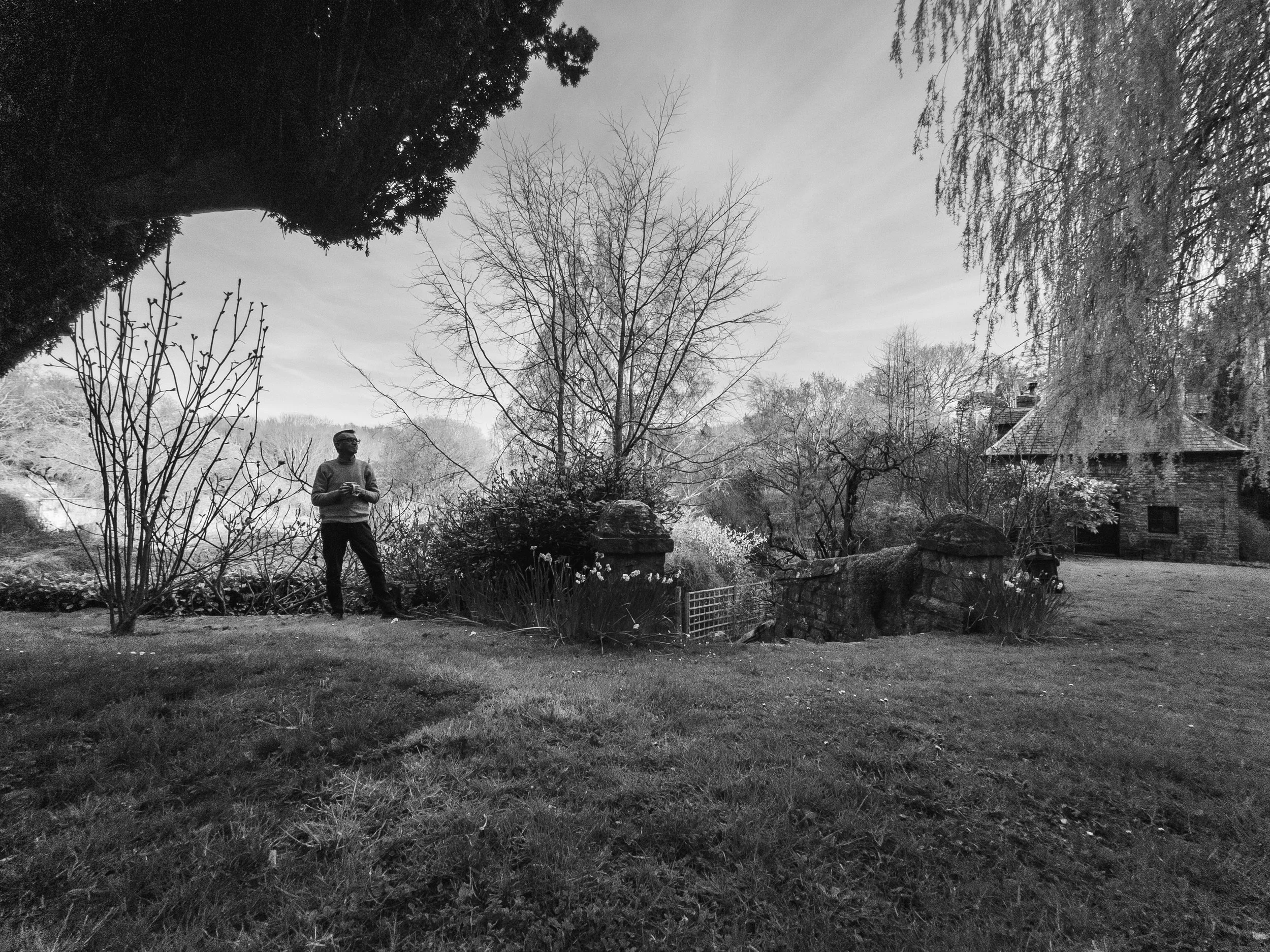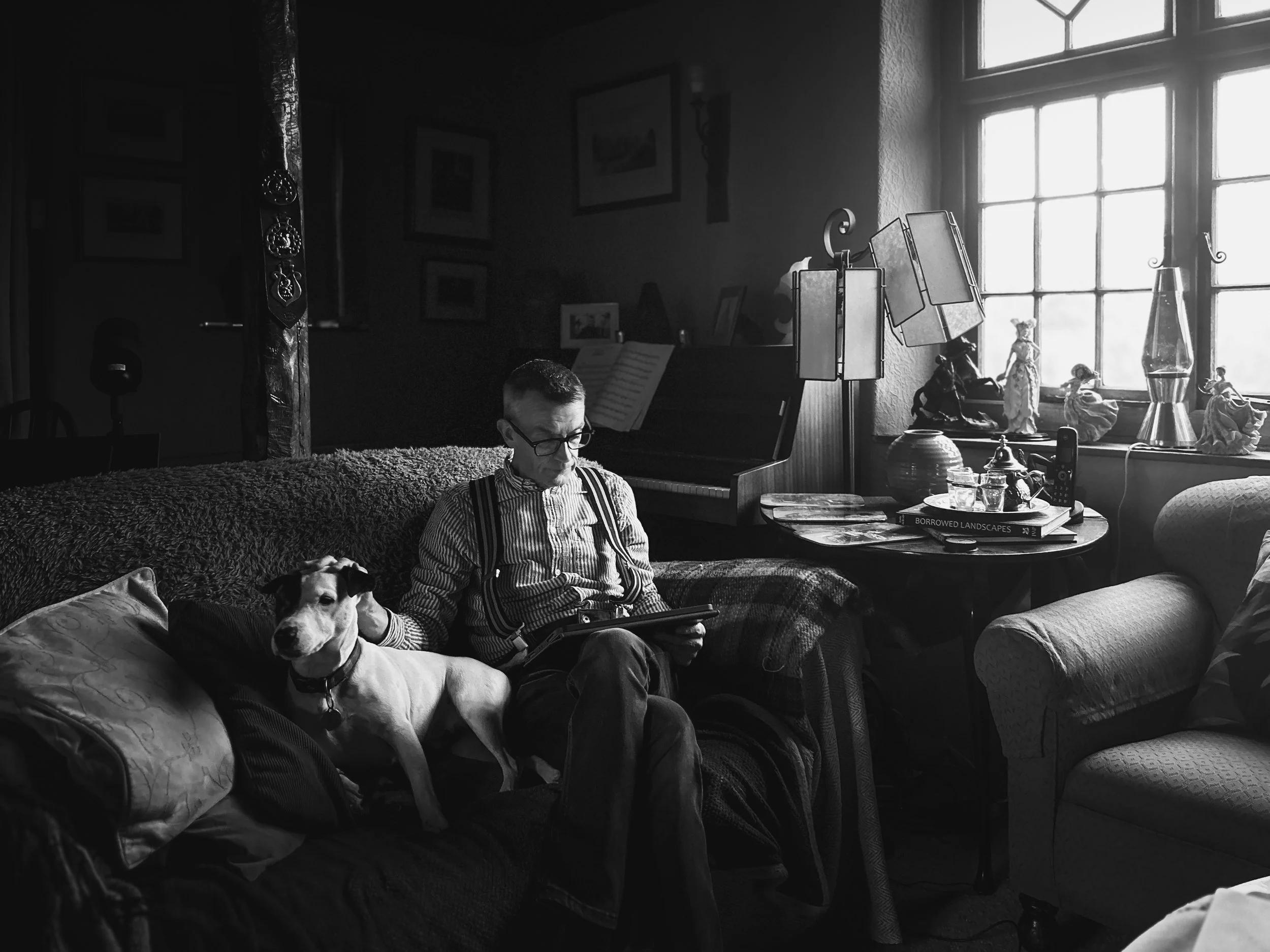Capturing the Plate: From Smart Cafés to Fine Dining
As a professional UK food photographer, I’ve had the privilege of working across a spectrum of culinary spaces—from smart cafés and stylish gastropubs to boutique hotels and Michelin star fine dining restaurants. Each setting offers its own energy, and every dish I photograph is part of a larger story—of place, of craft, and of experience.
Smart Café Food Photography: Everyday Elegance
Smart cafés are filled with warmth, light, and creativity. The plates here are bright, inviting, and often seasonal—meals that feel like conversations. My café photography focuses on capturing that authenticity: the simplicity of a poached egg, the richness of a fresh croissant, the sunlight catching steam off a flat white. These aren’t just meals—they’re moments.
Gastropub Food Photography: Comfort Meets Creativity
As a gastropub food photographer, I find that pub cuisine is where bold flavour and presentation meet rustic charm. From elevated roasts to reimagined classics, the food is hearty but sophisticated. There’s a grounded confidence to these plates—nothing overly fussy, but everything made with care. Capturing that balance is part of the magic.
Hotel Food Photography: Timeless Refinement
Hotels demand consistency and style. Whether it’s a city-centre luxury stay or a countryside retreat, hotel dining often reflects the personality of the property itself. My photography here is about more than just the food—it’s about ambience. Mood. A sense of place. I photograph not just what’s on the plate, but what surrounds it.
Fine Dining Food Photography: The Art of Precision
And then, there is fine dining.
This is where the craft of cuisine becomes theatre. A fine dining meal isn’t about portion—it’s about precision. The plates are small, yes, but that’s intentional. Each course is a single movement in a multi-course composition—six, eight, sometimes even twelve dishes served in sequence, each designed to stir the senses and tell a story.
As a fine dining food photographer, I capture more than the food itself. I photograph anticipation. Stillness. Reflection. The brush of micro herbs, the gloss of a reduction, the texture of a quenelle. The smallest details become the most powerful visual cues.
This isn’t food for fuel—it’s food as emotion. And through my lens, I aim to share that emotion with the viewer.
Ray



